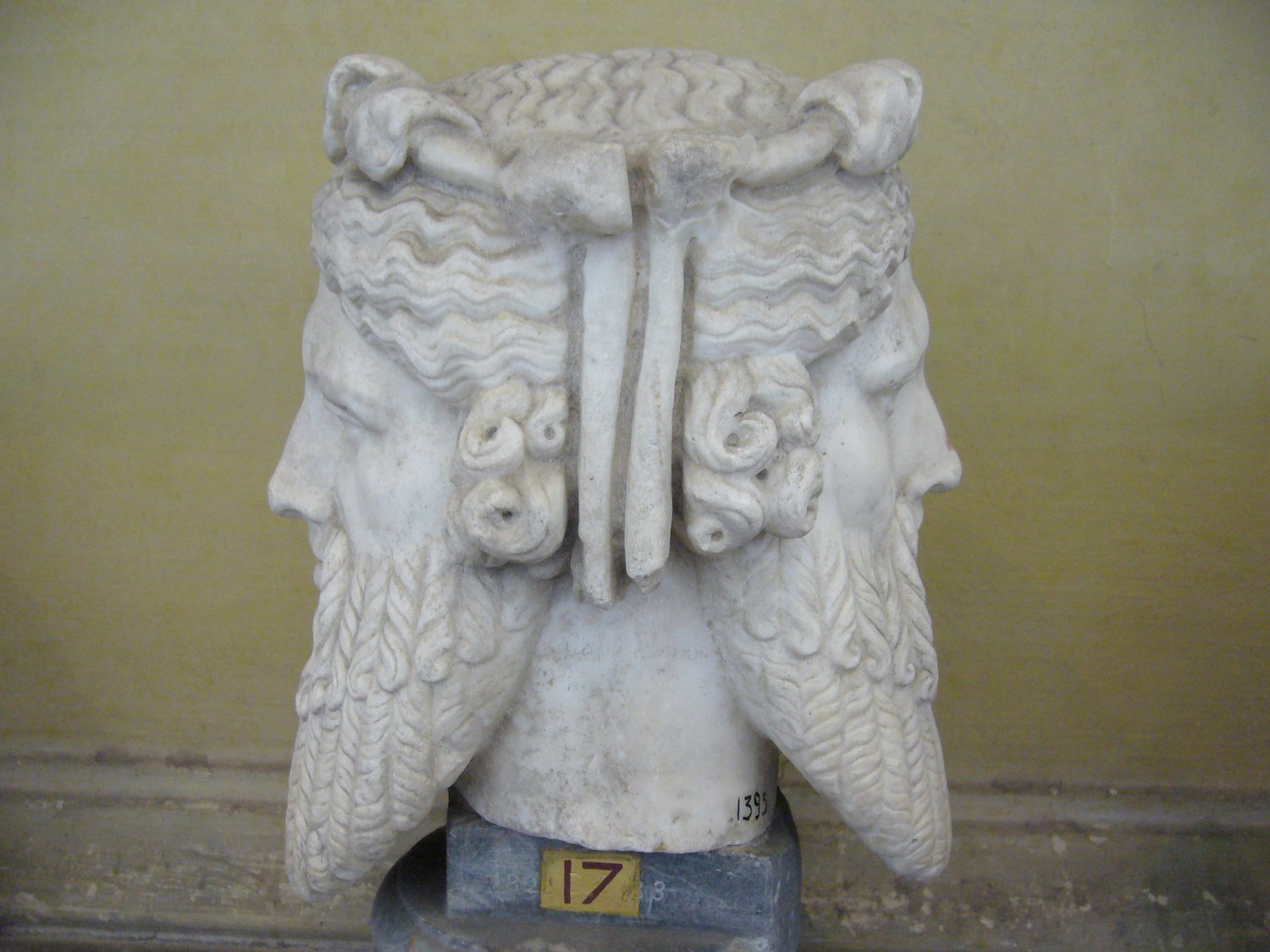The Man with the Christian Tattoo (Part 2)
There is nothing wrong with public declarations of faith. More power to those Jewish men who wear yarmulkas, Muslim women who wear hijabs, Sikhs in their turbans and Christians with their tattoos. In my last newsletter I discussed the bottom of my friend’s tattoo. Today I will discuss the top.
Galatians 2:20 reads:
I have been crucified with Christ and I no longer live, but Christ lives in me. The life I now live in the body, I live by faith in the Son of God, who loved me and gave himself for me.
These cornerstone foundational words of Christian doctrine were written by the Christian saint, Paul (nee Saul of Tarsus) to the community of Galatians in Turkey. Some of my family came to America from Galicia, that wonderful area of Southeast Poland, Western Ukraine, and Northern Hungary. I was fixing to play Jewish geography with my new friend, but thought the better of it. Good thing, too. I have since learned that Galicia and Galatia are altogether two different places. Galatia is in Turkey and was populated by people from Gaul centuries before Paul sent his now famous epistle to the budding church there. I don’t know why folks in France would leave and settle in central Turkey. But I admit there are a lot of things I still have to learn. Galicia, for my folks today is a good place to be from.
I was struck by the fact that my friend and I, two religious people both sitting on our cushions were both waiting impatiently for happy hour. I was fat and happy, sort of the story of my life. He was fat and crucified with Christ. Life was good for both of us—there we were in the bright February sunshine enjoying the simple pleasure of being warm and comfortable. But all told, I would think it better not to be crucified, if given the choice.
We were talking about the tattoos when my friend’s wife said, “You should see his other arm.” So I actually got up off the chaise lounge and walked over to see a beautiful picture of a dog’s face on my friend’s right bicep. “That was one of our two Rottweilers,” she said with a mixture of pride, love and sadness. I noticed the past tense and connected with Mrs. Tattoo. “We had the best dog too, Scruff, our black lab. I loved that dog and I miss him still.” And then I turned on my rabbi-comforter button. “You know, I really believe that all good dogs go to heaven. I can’t imagine being in heaven without old Scruff.”
Mrs. Tattoo then replied with conviction: “There are no bad dogs, only bad trainers. All dogs go to heaven. There is no such thing as a bad dog.” I hadn’t thought of that, but I believe that she is correct. There are no bad dogs and when dogs misbehave it is only because their masters were negligent in training them properly. Dogs want to be loved, perhaps even more than people do.
I went for my swim and I was thinking about the tattoos as I was chugging along across the water. For me, it was a strange juxtaposition to think that every dog—the behaved and those who misbehave, those who lie calmly at your feet or roll on their backs for a belly rub and those who chew your new shoes or soil the carpet or threaten the pizza delivery guy—that all these dogs are equally deserving of eternal life.
But people? Well not so fast. We didn’t get into it, but I bet if I were to have asked Mrs. Tattoo, do you believe that all people (not dogs) get to enjoy eternal life in heaven? Instructed by her faith she might have put some restrictions on who gets in and who stays out. I don’t know that for a fact. Just asking . . .
All dogs go to heaven. Fact. Some people do. I think we need to think this through a little more.
I have not yet introduced you to Jonah Pierson, the young man who drives the story from Brookhill, Mississippi in my yet unpublished novel, Take My Dog. He is only Jonah for a short while before he undergoes a name change. Transformational religious figures often undergo name changes. Most famously, Jacob becomes Israel. Naomi becomes Mara and then reverts back to Naomi. Jesus becomes Emanuel. Siddharta becomes Shakyamuni.
Jonah Pierson became A. J.
If you want to know what A. J.’s initials represent, your will have to read the book. But first I got to get around to getting it published.
Please enjoy and stay tuned. Backwards and Forwards will appear, again, magically in your inbox in a few weeks. In the meantime, feel free to drop me a note at backwardsforwards.newsletter@gmail.com.
If you know people who might appreciate Backwards and Forwards, please forward this to them and tell them to hit the SUBSCRIBE button. Previous issues of my newsletter can be easily accessed at www.jonathan-miller.net.
Whether we are going backwards or forwards, none of us is standing still. And successful people can move both forwards and backwards at the same time.
Until next time, shalom,
Jonathan
